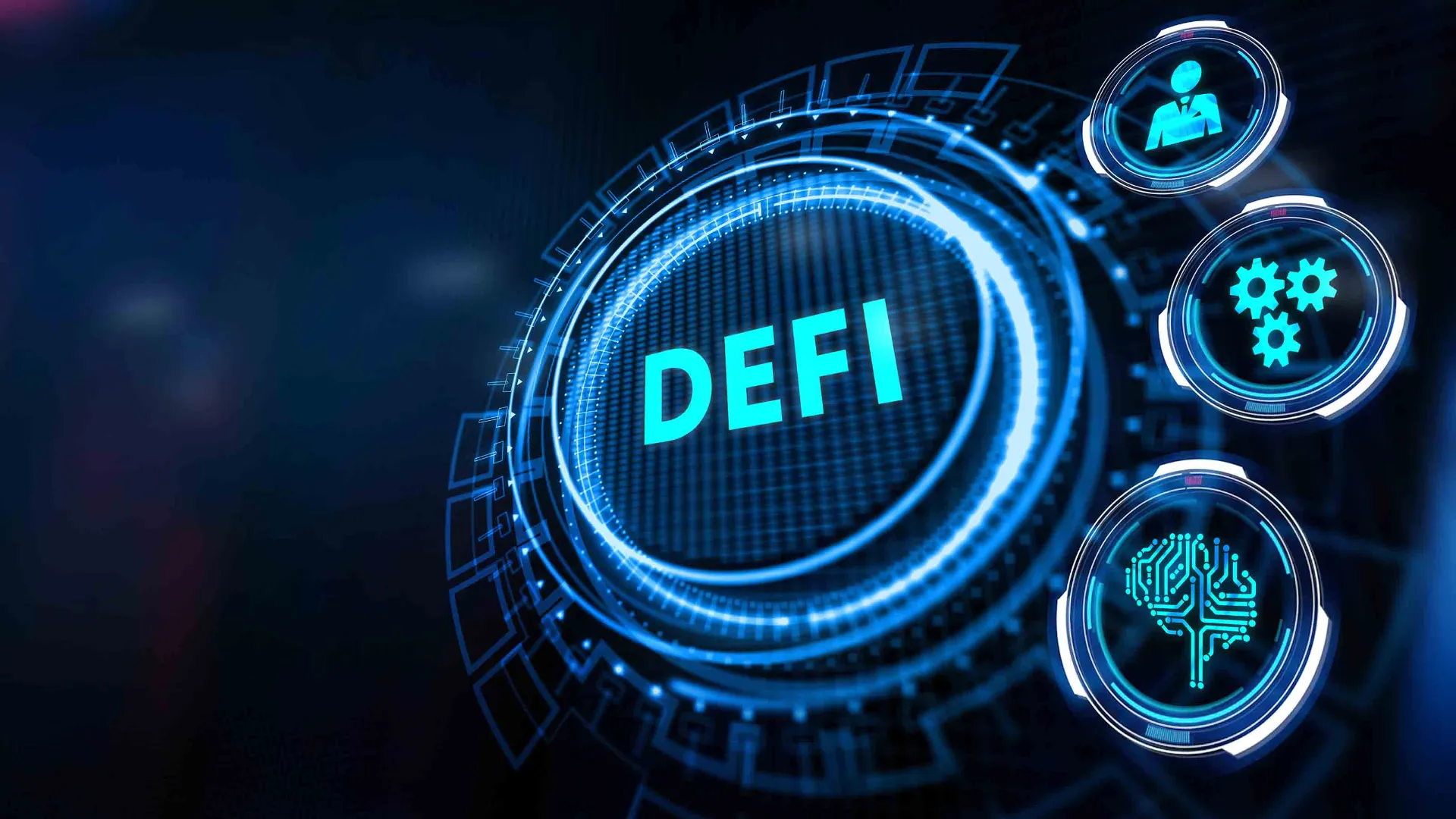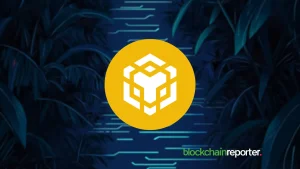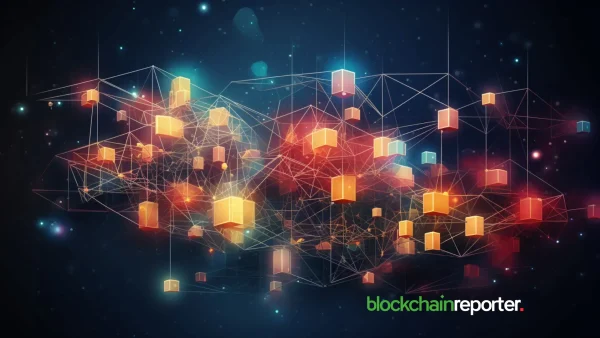
After the emergence of Bitcoin in 2009, the active development of a new industry began, which was built on the basis of this cryptocurrency, its concepts and the use of blockchain technology. The cryptocurrency and blockchain space has become a place where various high-tech projects and entire trends have developed.
Sergey Kondratenko reports that one of the important areas in this space has become decentralized finance (DeFi) – an alternative to traditional financial services. At the heart of DeFi are smart contracts that enable decentralized applications (DApps) and protocols. Initial DeFi applications were often built on the Ethereum platform, and a significant portion of the ecosystem’s total value locked (TVL) is still concentrated there.
Sergey Kondratenko is a recognized specialist in a wide range of e-commerce services with experience for many years. Now, Sergey is the owner and leader of a group of companies engaged not only in different segments of e-commerce, but also successfully operating in different jurisdictions, represented on all continents of the world. The main goal is to drive new traffic, create and deliver an online experience that will endear users to the brand, and turn visitors into customers while maximizing overall profitability of the online business.
What is DeFi: basic principles and advantages – Sergey Kondratenko
The main goal of DeFi, according to Sergey Kondratenko, is to replace traditional financial intermediaries. The specialist explains that DeFi actively uses open source code, which allows anyone to create and modify applications without the need to obtain permissions.
What is “decentralization”? This means that there is no single central authority that controls the entire system, as in traditional banks.
The peculiarity of decentralization in DeFi is not only the distribution of power, but also the reduction of risks. For example, if all customer data is stored in one place, a hacker only needs to hack that one site to gain access to a large amount of information. In decentralized systems, data is stored in different places, which reduces risks and increases security.
DeFi provides financial products and services that are available to anyone with an Internet connection, without the involvement of banks or third parties. The decentralized financial market operates around the clock and in real time. The client can store his cryptocurrency and access it at any time. The blockchain technology on which DeFi is based allows for faster, cheaper and more secure transactions compared to the traditional financial system.
Centralized finance (CeFi) platforms such as Coinbase provide custodial services that store cryptocurrency for users. You can also use their wallet for complete control over your crypto assets.
Sergey Kondratenko emphasizes that in DeFi participants have much more opportunities: access to borrowing and lending markets, they can open positions on cryptocurrencies, receive income from mining and other operations. This could be a game changer for the 2 billion unbanked people.
DeFi uses different blockchains and participants interact with P2P, thanks to distributed ledger technologies and smart contracts.
Sergey Kondratenko: Basic principles and technologies of DeFi
DeFi is an innovative concept that is fundamentally changing the way we perceive finance and the way we interact with it. This is a complete departure from the outdated traditional financial system, which suffers from inefficiency, lack of transparency and high barriers to entry.
According to Sergei Kondratenko, DeFi offers in return a new paradigm of finance, based on the principles of transparency, security and accessibility for all:
- DeFi aims to provide complete transparency in their operations. They allow users to not only observe, but also verify every transaction on the blockchain. This creates confidence in the integrity and reliability of the system and strengthens the trust of participants.
- Safety principle
– Using blockchain technologies, DeFi systems provide a high level of security, states Sergey Kondratenko. – To do this, they use cryptographic protocols and consensus mechanisms that protect against possible fraudulent activities and hacking.
- DeFi strives to be as inclusive as possible, providing financial services even to those people who were previously excluded from traditional financial systems. By eliminating intermediaries and lowering financial barriers, DeFi increases access to financial services for a wider audience.
These fundamental principles serve as the foundation for the development and successful implementation of DeFi, opening up new perspectives in the world of financial transactions.
DeFi systems, as Sergey Kondratenko says, consist of many components. Each of them plays an important role in creating a decentralized financial ecosystem. The specialist suggests considering several basic elements:
- Smart contracts are agreements that automatically execute transactions under certain conditions. They serve as the basis for the creation of a variety of financial instruments and protocols in DeFi.
- Decentralized Exchanges (DEX) allow users to exchange digital assets directly with each other, without the participation of centralized exchanges. These platforms use smart contracts to facilitate secure and transparent peer-to-peer transactions.
- Lending platforms enable individuals to provide and receive loans based on the blockchain.
- Stablecoins
– This intricate concept refers to cryptocurrencies, the price of which is tied to stable assets, for example, national currencies. They provide stability in the DeFi ecosystem and are an ideal medium for making transactions and storing assets, – Sergey Kondratenko expresses his opinion.
Blockchains and smart contracts
Smart contracts are automated programs that independently execute in accordance with the conditions established in the contract. But this happens when certain events occur.
Sergey Kondratenko clarifies that smart contracts are digital agreements that operate on the blockchain platform. They facilitate the simplification, verification and enforcement of transactions and contracts.
Choosing the right blockchain for smart contracts is critical because they differ in their functionality. As Sergey Kondratenko notes, there are basically three types of blockchains for smart contracts: public, private and hybrid. The specialist pays attention to the features of each of them.
- Public blockchains are open and decentralized networks in which anyone can join and actively participate. They typically provide security and reliability through consensus mechanisms such as proof of work (PoW) or proof of stake (PoS), ensuring equal rights and access to the network for all participants. Public blockchains are highly transparent, immutable, and censorship-resistant, making them an ideal choice for applications that require high levels of trust and security. Here are some examples of public blockchains: Ethereum, Binance Smart Chain (BSC), Polkadot.
- Private blockchains are permissioned networks that limit access to authorized individuals or participants only. They are usually managed by a single organization or consortium and are intended for internal use.
Sergey Kondratenko draws attention to the fact that private blockchains have higher scalability and customization compared to public blockchains. But they may sacrifice some of the benefits of decentralization and increased security. Private blockchains include the following: Hyperledger Fabric, Corda, Quorum.
- Hybrid blockchains represent a synthesis of public and private blockchains in order to combine their advantages. The expert notes that they can be used to connect different networks and ecosystems, as well as provide various levels of access and control to stakeholders. Hybrid blockchains typically offer greater flexibility and adaptability than pure public or private blockchains, but their implementation may require additional thought and management decisions. Here are the three most popular hybrid blockchains: EOS, Rootstock (RSK), Avalanche.
To summarize, Sergey Kondratenko notes that the essence of DeFi is to empower people, giving them greater control over their finances. This concept aims to overcome the limitations and barriers that typically exist in traditional financial systems. And using blockchain technology, DeFi creates a decentralized network that enables secure and transparent transactions.









